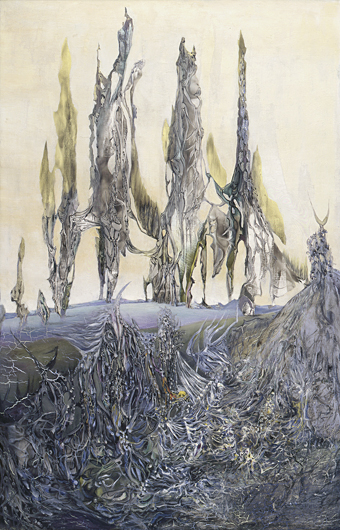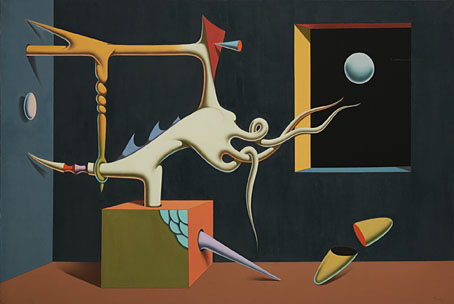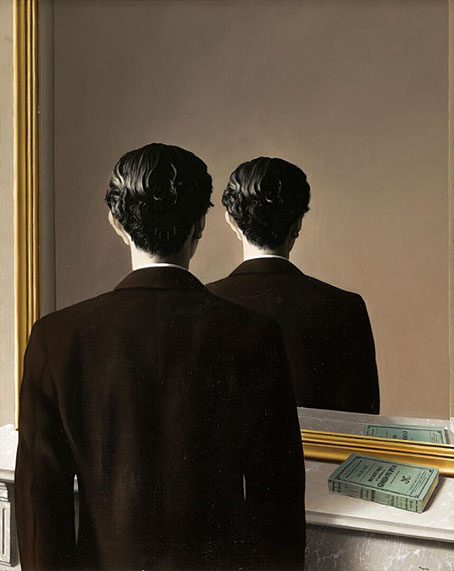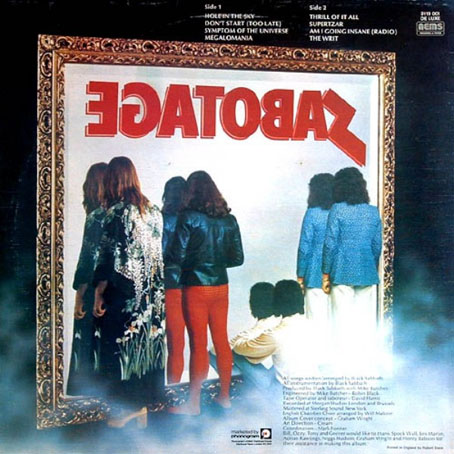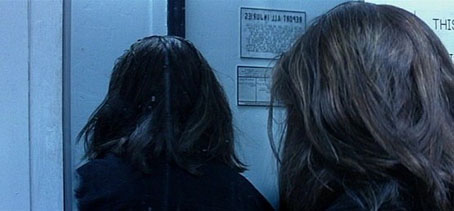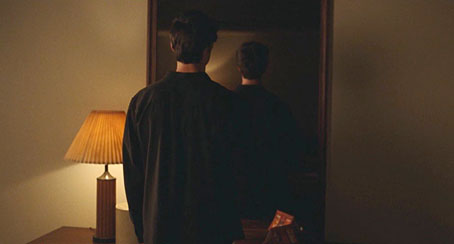Above and Below (1968) by Wendy Abbott.
• “Thirty-two years after the five Central Asian countries of Uzbekistan, Kazakhstan, Tajikistan, Kyrgyzstan, and Turkmenistan appeared on the world map, little of the region has been portrayed in film. Countries associated with the -stan suffix are perceived as dangerous or sinister.” Komron Ergashev on Central Asia and cinema.
• Old music: Alice Coltrane’s Carnegie Hall concert from 1971 has been available for many years as a high-quality bootleg but never the complete recording. The first official release next month promises to at last present a full performance.
• RIP Damo Suzuki, vocalist for Can during the group’s peak years. The Rockpalast concert from 1970 captured the group in impressive form shortly after Suzuki joined.
• “I’ve always been drawn towards esoteric phenomena: the illogical, the inexpressible, the impossible.” Dorothea Tanning talking to Carlo McCormick in 1990.
• “This film was shot live on the surface of an 8mm² chemical reaction.” As Above by Roman Hill.
• New music: Floating On A Moment by Beth Gibbons, and All Life Long by Kali Malone.
• At Unquiet Things: The art of Kiyoshi Hasegawa.
• Joel Gion’s favourite music.
• Esoteric Circle (1976) by Jan Garbarek | As Above, So Below (1981) by Tom Tom Club | Esoteric Red (1997) by Tao


